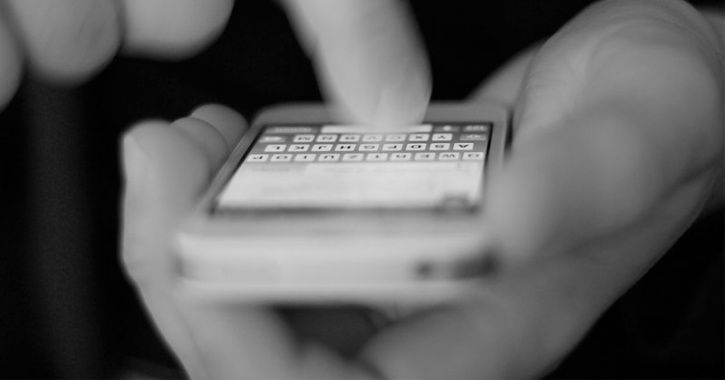

After e-mailing, chat systems are a hugely popular way of communicating online. This means that certain programs or websites can provide rapid, direct and real-time communication. Instead of saying your message out loud, you type it out. Instant messaging remains very popular today IM apps are the most widely used smartphone apps: in 2018 there were over 50 million Signal users, 980 million monthly active users of WeChat and 1.3 billion monthly users of WhatsApp Messenger.Using online chat systems is like having a phone conversation via your keyboard. BBM was for instance the most used mobile messaging app in the United Kingdom and Indonesia. Beginning with its first introduction in 2005, BlackBerry Messenger, which initially had been available only on BlackBerry smartphones, soon became one of the most popular mobile instant messaging apps worldwide.

Later in the 1990s, ICQ was among the first closed and commercialized instant messengers, and several rival services appeared afterwards as it became a popular use of the Internet. Instant messaging was pioneered in the early Internet era the IRC protocol was the earliest to achieve wide adoption. Instant messaging applications can store messages with either local-based device storage (e.g WhatsApp, Viber, Line, WeChat, Signal etc.) or cloud-based server storage (e.g Telegram, Skype, Facebook Messenger, Google Meet/ Chat, Discord, Slack etc.).

It is usually distinguished from text messaging which is typically simpler and normally uses cellular phone networks. Depending on the IM protocol, the technical architecture can be peer-to-peer (direct point-to-point transmission) or client–server (an IM service center retransmits messages from the sender to the communication device). IM can also consist of conversations in " chat rooms". a wider social media platform, or a website where it can for instance be used for conversational commerce. Instant messaging systems tend to facilitate connections between specified known users (often using a contact list also known as a "buddy list" or "friend list"), and can be standalone applications or integrated into e.g. A classic example of instant messaging on a desktop computer: the left window of this software showing a list of contacts (" buddy list") and the right window an active IM conversation


 0 kommentar(er)
0 kommentar(er)
